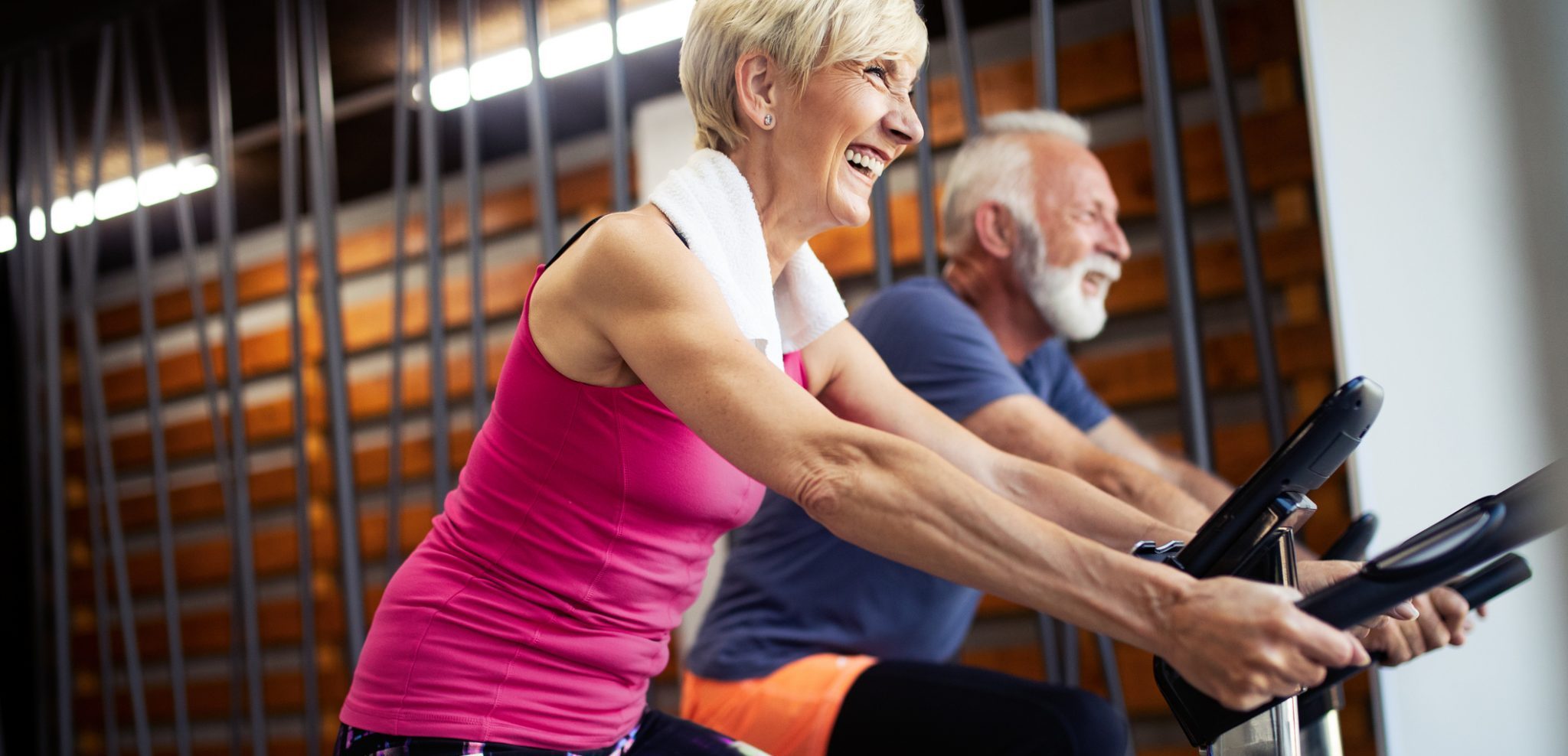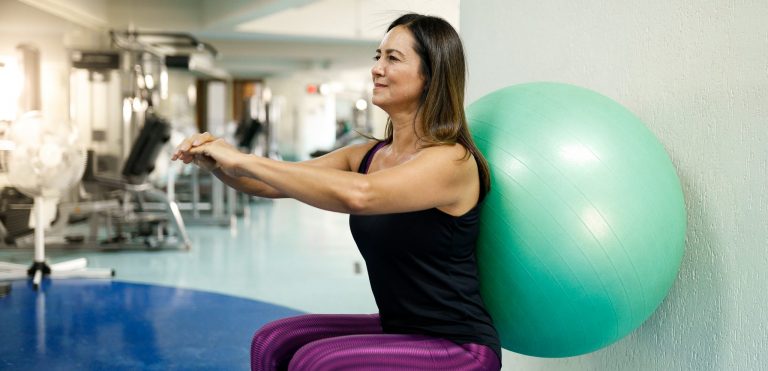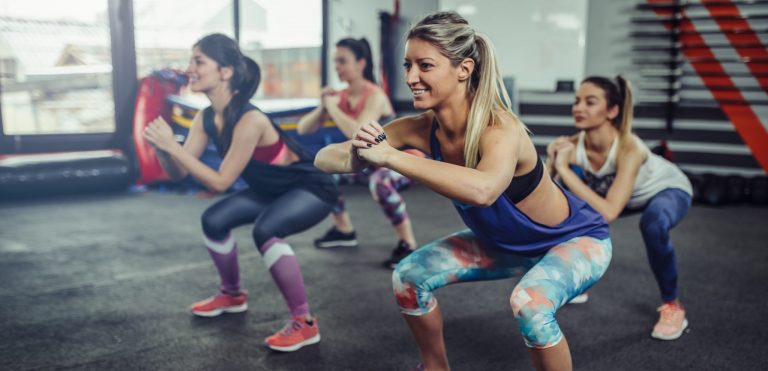Ah, a lovely mild evening, time to relax in that armchair with a warm cup of tea, a heated blanket, your cat curled up in your lap, while you switch on the TV to catch up on the latest soap opera. Wait! No, it’s not!
Not just yet.
While a nice bit of relaxation in front of the TV is fine, and we at Verv have been known to indulge once in a while, before settling in for an evening of hibernation; first it’s time to get in a workout.
If you, like us, have become bored of the regular activities, it might be time to kick it up a notch (or at least half a notch) and try out high-intensity interval training for seniors, otherwise known as HIIT.
If this sounds too intense for you, don’t worry, it’s not. In this article, we’ll tackle all your questions on what a HIIT workout for seniors is, if you should give it a go, and which exercises are best to tackle first.
(Quick HIIT workouts below↓)
What is HIIT?
Let’s get straight down to business – so, what is this HIIT thing, anyway? HIIT is an abbreviation for high-intensity interval training. This means doing an intense activity, such as sprinting for a short period of time, then switching it up with lower-intensity exercises, such as stretching or a gentle walk.
By combining bursts of intensity and periods of low effort activity, your body can experience a more effective workout that having a single level of activity, such as a long jog at a consistent pace.
Your HIIT routine doesn’t have to last for ages to be effective. Depending on your current fitness level, you might consider starting with workouts of 5 to 10 minutes to start, before working your way up to 15 – 30-minute sessions. Do what works for you!
Benefits of HIIT
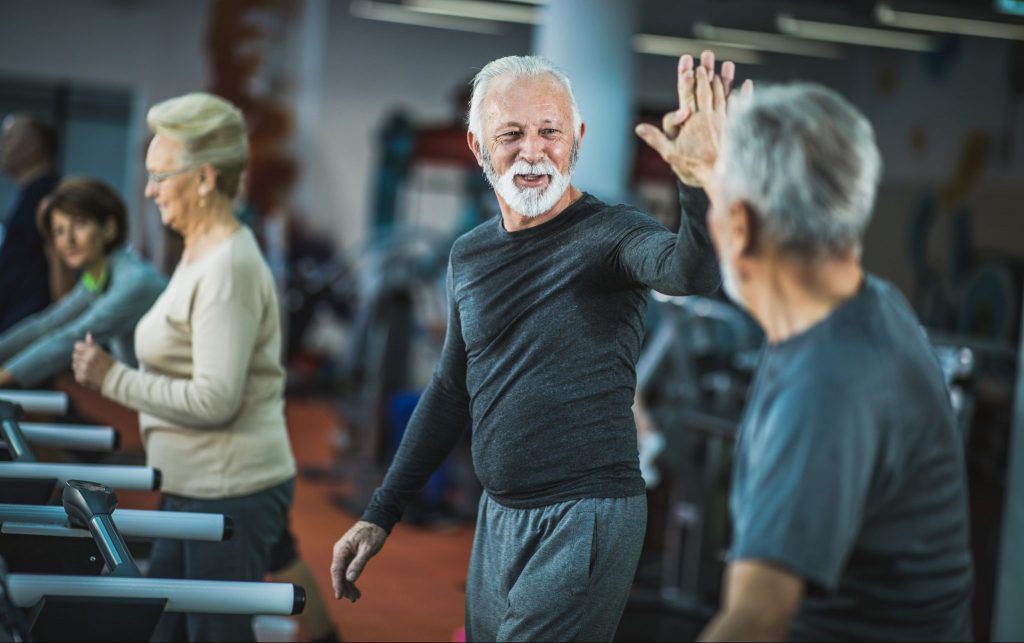
It doesn’t matter whether you’re a millennial or an elder, high-intensity workouts have some pretty significant bonuses. These are just some of the benefits of HIIT for older (and not only) adults.
It’s a great calorie and fat burner
Even with shorter overall workouts, those who do HIIT can burn more calories in comparison with traditional exercise routines.
If you’re struggling to keep off those pounds after 50, HIIT could be a good solution. It works to reduce your body’s unhealthy, visceral fat. Keeping you lean and toned.
You can actually gain muscle
As we age, it can become harder and harder to keep that muscle tone. In fact, after just 30 years old (yes, 30!), you can lose up to 3-5% each decade if you don’t start right now. Ensuring strong muscles helps protect your bones and organs, keeps you healthy and may make you look better too – say hello to improved posture!
It aids good heart health and blood pressure
Another reason to get (or keep) active is your heart’s health. One of the most common complaints as we age, is our blood pressure, with more than 50% of over 50s having a too-high number. HIIT workouts can help keep yours in check and reduce unnecessary heart stress.
It’s anti-aging!
While it might not quite be the formula of youth, the latest research suggests that HIIT can reduce age-related deterioration in your cells.
You might actually enjoy it
HIIT, like any form of exercise, is a trigger for those natural chemicals in your body that make you happy. That’s why, once you start, you might even find it hard to stop. But if you need a little motivation, what could be better than a good mood for the rest of the day?
I’m over 50, 60, 70+, should I try HIIT? Yes!
Ok, let’s step back a little. If you’re in good health and you have no medical conditions that prevent you from certain activities, then this could be a good workout for you. HIIT is a suitable workout activity, no matter your age or starting activity level.
All you need to do to start is to find a workout that works for you and give it a go. If you’re finding it tough to get going, try a different activity or cut down the amount of time you’re doing intense exercise.
Don’t strain yourself and don’t push beyond your limits. If you feel you need to stop, do so. Take a breather, there’s plenty of time to get back in the routine.
Even if you do have a medical condition, check with your doctor first, you may find an adapted HIIT routine that works specifically for you.
Best interval training routines for seniors
Below are some quick HIIT exercise routines for 60s that you try to get started in less than 5 minutes, but if you’re looking for an in-depth workout program, tailored to you, we recommend heading over to our app or you can try our HIIT for beginners routines, right here.
1. A session on the treadmill
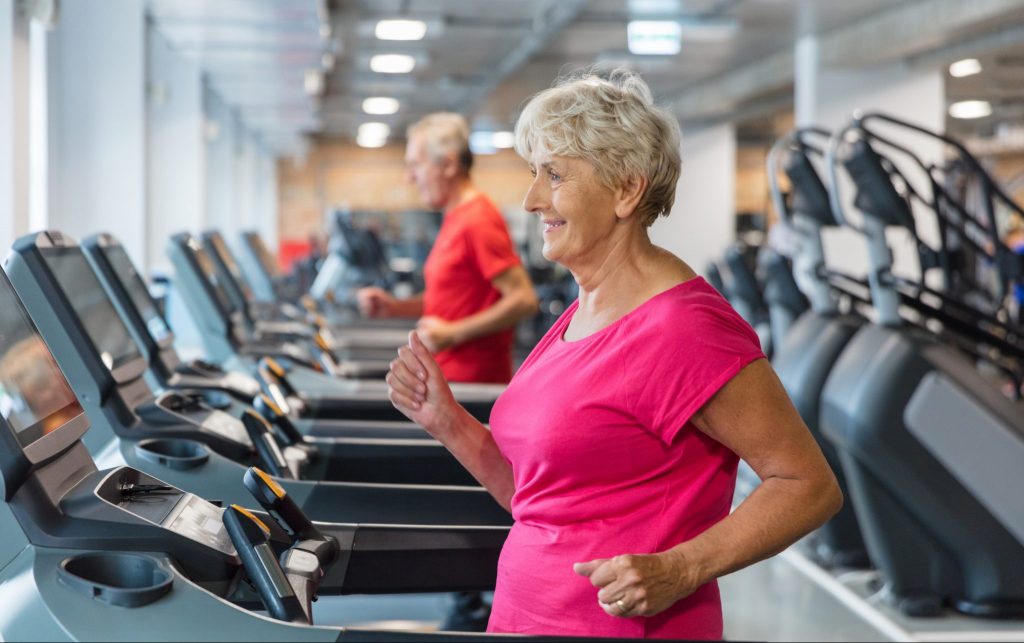
If you have one at home or access to a gym, a quick session on the treadmill could be just what the doctor ordered.
Start off by warming up. That means stretching those muscles, so they are loose and limber.
Now, start off on the treadmill with a gentle walk for 90 seconds. Next up your speed for a 30 second sprint.
Repeat 2-3 times, or as long as you are comfortable.
Over time you may increase these intervals to suit your needs and abilities.
2. Take a dive into the pool

This one is great if you have some issues with your muscles, flexibility or breathing. Swimming is a great all-rounder when it comes to activity as it allows you to workout, while not putting too much pressure on.
As with the previous activity, be sure to warm up correctly. Stretch those muscles and give your body time to adjust to the pool before beginning.
Start off slow with 1-2 gentle laps across the pool. We recommend breadthwise, but if you’re already a confident swimmer feel free to go for length.
Now, do 1 length at a faster pace.
Next, take a break and swim slowly for 1-2 laps, before repeating with speed.
Aim to do this 2-3 times, but only if you can.
3. Therapeutic forest hike
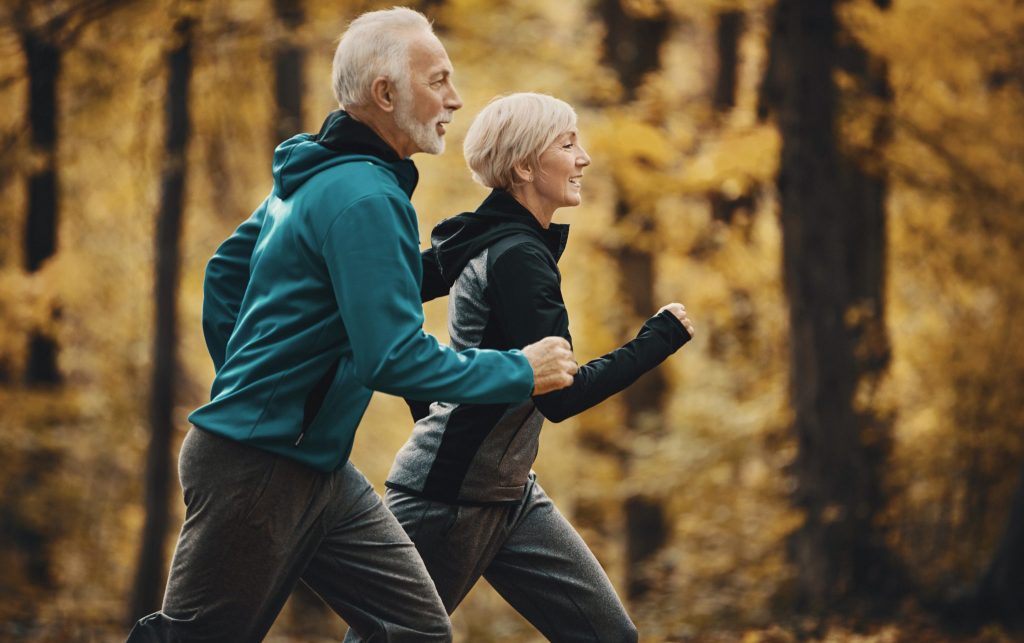
There is nothing better than the great outdoors – fresh air, nature, activity. This HIIT activity is perfect for anyone who loves the outdoors.
To start, as always, warm up those muscles with lots stretches. Now, set off on your way. We recommend starting with a trail that’s reasonably flat, but you can include light inclines if you’re up to it.
For 90 seconds walk at a normal pace. Then for 30 speed it up with a fast-walk, engage those arms and your core and move that body as fast as you can.
Next, cool it down with another 90-second regular pace walk, then speed it back up again.
Feel free to repeat as many times as you feel comfortable and to increase those intervals over time.
Good luck!

